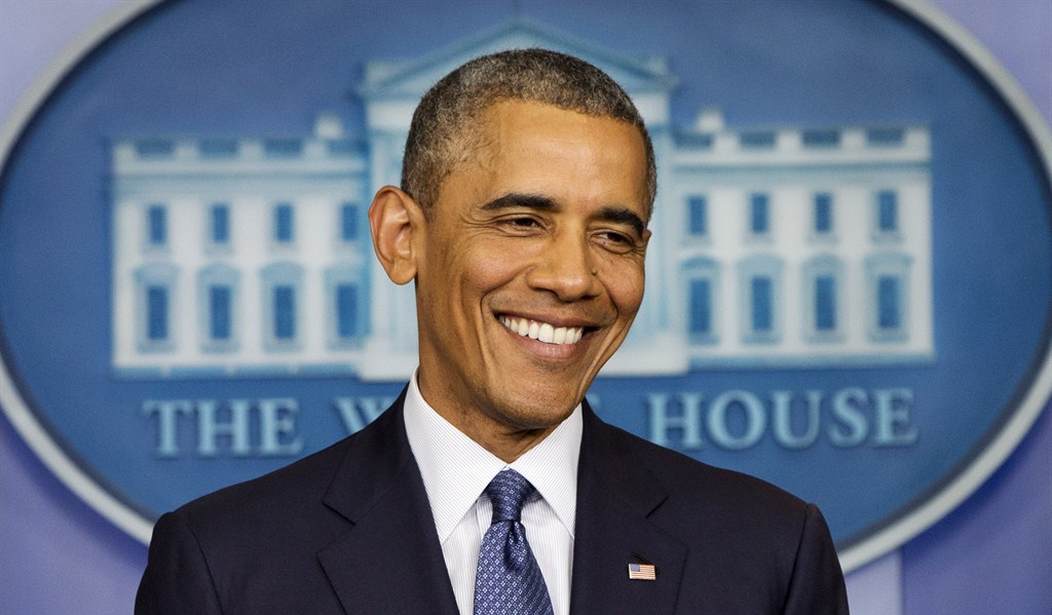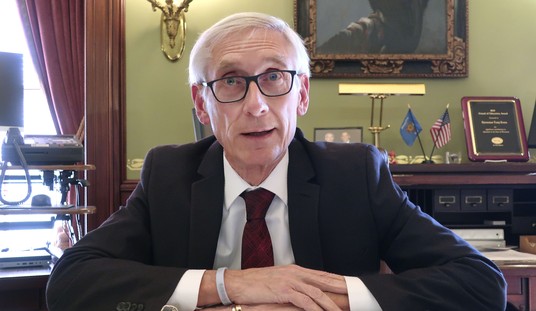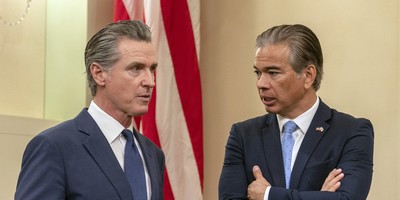On July 3, 2008, then-presidential candidate Barack Obama infamously called President George W. Bush “unpatriotic,” and his polices “irresponsible” for adding $4 Trillion to the country's "credit card." This was almost more than all other US presidents combined, he argued, and therefore was putting America on a dangerous path to fiscal insolvency. Less than six years into his own administration, however, the president has failed to reverse the untenable course set by his predecessor; and, indeed, is making America's heavy debt burden even worse. CNS News reports:
The total federal debt of the U.S. government has now increased more than $7 trillion during the slightly more than five and a half years Barack Obama has been president. That is more than the debt increased under all U.S. presidents from George Washington through Bill Clinton combined, and it is more debt than was accumulated in the first 227 years of this nation's existence--from 1776 through 2003…By the close of business on July 31, 2014, it had risen to $17,687,136,723,410.59—up $7,060,259,674,497.51 since Obama first inauguration day.
Again, this is not to say that President Obama is solely responsible for the nation’s unsustainable debt burden. As the graph below shows, federal debt first ballooned during the Bush years (although, in fairness, exploded shortly after he left office):

For what it's worth, in February, the nonpartisan Congressional Budget Office (CBO) wrote about some of the possible ramifications of a “large” and “growing federal debt”:
The large budget deficits recorded in recent years have substantially increased federal debt, and the amount of debt relative to the size of the economy is now very high by historical standards. CBO estimates that federal debt held by the public will equal 74 percent of GDP at the end of this year and 79 percent in 2024 (the end of the current 10-year projection period). Such large and growing federal debt could have serious negative consequences, including restraining economic growth in the long term, giving policymakers less flexibility to respond to unexpected challenges, and eventually increasing the risk of a fiscal crisis (in which investors would demand high interest rates to buy the government’s debt).
Recommended
What also makes these astounding figures so egregious is that on the presidential campaign trail, then-Sen. Obama pledged to slice the national deficit in half at some point during his first four years in office. That obviously never came to fruition -- and, given where are federal debt burden stands today, perhaps we shouldn't be surprised.























Join the conversation as a VIP Member